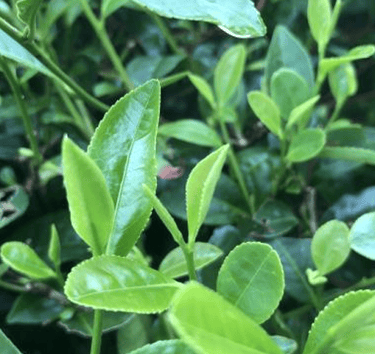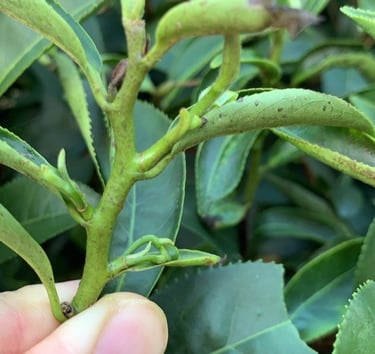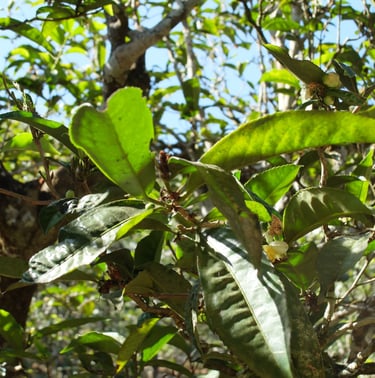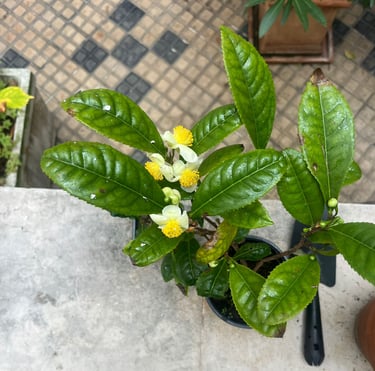

All tea comes from one plant — Camellia sinensis.
What changes is the hand, the air, and the time.
At Pink Table, we work across the spectrum — from pale and floral to dark and grounded — exploring oxidation, season and time.
Type of Teas
White
dried naturally
natural oxidation over time
silky, herbal and floral
Green
Fried at high temperature
No oxidation
grassy, vegetal and spring
Yellow
green tea braised in low-medium temperature
low oxidation
soft and mellow
Oolong
shaked,rolled and roasted
Medium to high oxidation
complex, bold and aromatic
Black
heavily oxidated
high oxidation
vivid, fruit and spice
Dark
fermented under controlled environment
low oxidation and microbial fermentation
deep and grounding
Our tea selections
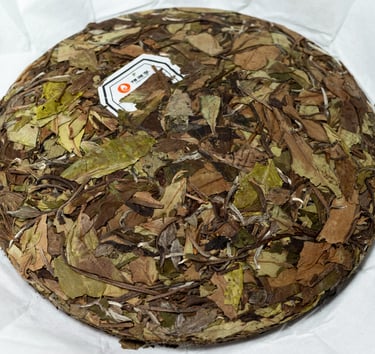

Shou Mei White Tea
Shoumei (寿眉) White Tea is a style of Chinese white tea primarily found in Fujian Province in China, produced mainly in Fuding and Zhenghe counties. It is typically made from the Fuding Da Bai or Fuding Da Hao cultivars, harvested later in spring after the earlier Silver Needle and Bai Mudan pickings.
The processing follows the minimalist white-tea method: the leaves are naturally withered and then gently sun-dried or baked at low temperature. Shoumei uses more mature leaves and some stems, giving it a coarser appearance—longer, curved leaves in shades of green, gray, and brown, with less downy hair. Shoumei brews to a golden-amber liquor that is full in body and often carries notes of dried fruit, honey, herbs, or jujube, developing smoother and sweeter flavors as it ages.
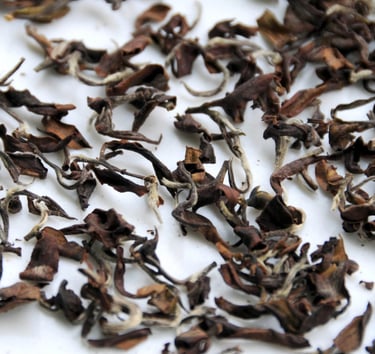

Oriental Beauty Oolong Tea
Oriental Beauty (Dongfang Meiren / Baihao Oolong, 东方美人 / 白毫乌龙) is a highly prized oolong from northern Taiwan, especially the Hsinchu, Miaoli, and Taoyuan areas. Traditionally made from the Qingxin Da Pa cultivar, it is processed with a high level of oxidation (around 60–80%), placing it close to black tea in style.
The defining feature of Oriental Beauty is that its leaves are intentionally harvested after being bitten by the tea leafhopper (Jacobiasca formosana). This natural stress triggers enzymatic reactions in the leaves, producing a unique honeyed and muscatel fragrance. The finished tea shows a striking mix of colors—white buds, green, red, and brown leaves—covered with fine silver hairs.
In the cup, it yields a bright amber liquor with rich aromas of honey, ripe fruit, and muscat grape, often accented with sweet spice. The taste is smooth and mellow with little astringency.
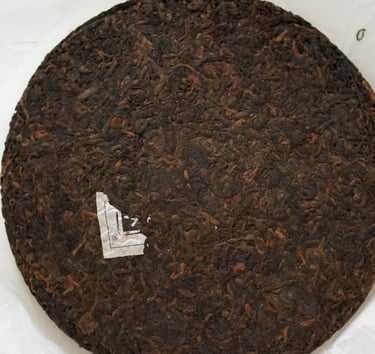

Bang Dong Ripe Pu'er
Bang Dong Ripe Pu’er (邦东熟普洱) refers to ripe (shu) Pu’er tea produced in the Bang Dong region of Lincang, Yunnan Province, an area known for its high-elevation old tea trees and clean environment. Ripe Pu’er is created through a controlled fermentation process known as "piling", in which sun-dried green tea leaves are piled, moistened, and carefully turned over weeks to months, developing dark, earthy flavors.
Bang Dong ripe Pu’er typically displays large, twisted leaves with a deep brown to black hue. In the cup, it brews a rich, dark red liquor with a smooth, thick mouthfeel and low bitterness. The flavor profile leans toward sweet earth, jujube, cocoa, and aged wood, often accented with a gentle creaminess.
tea selection
white
dark




oolong

